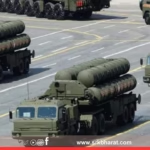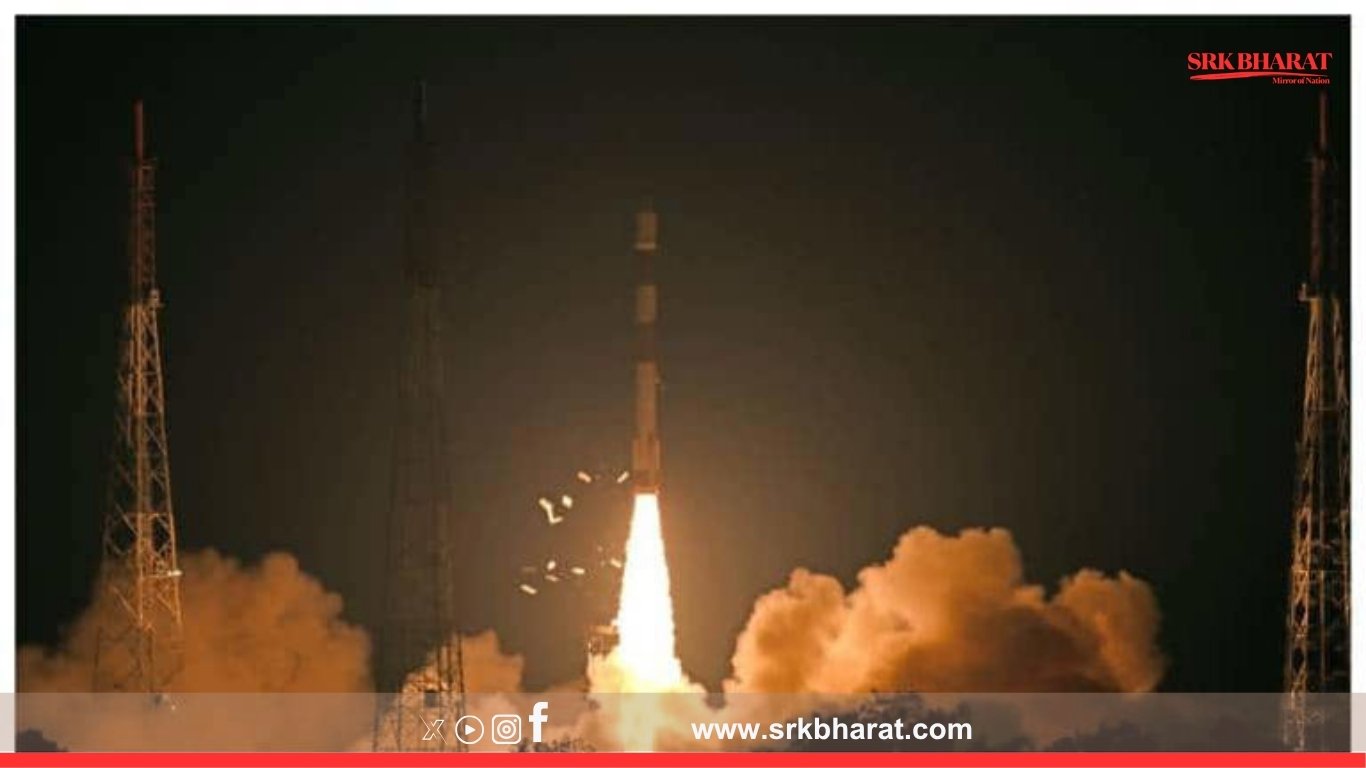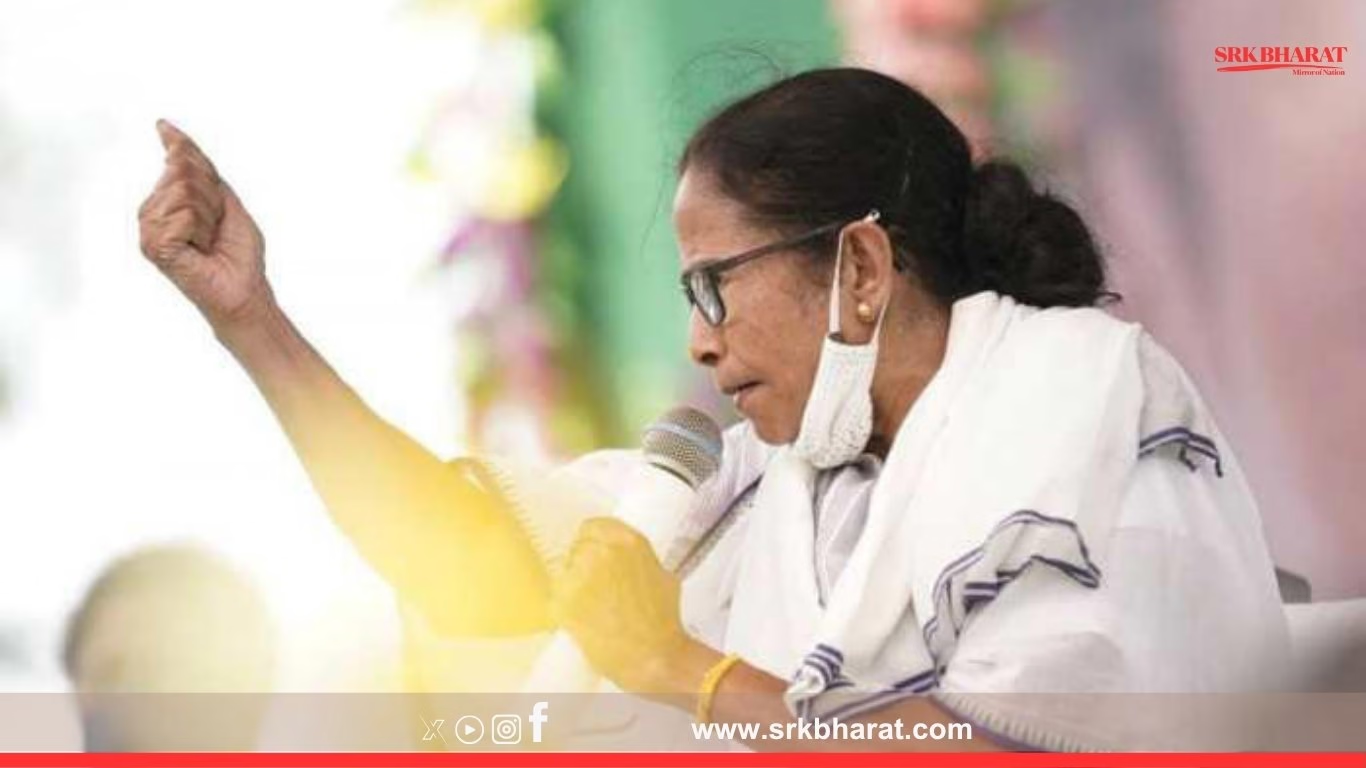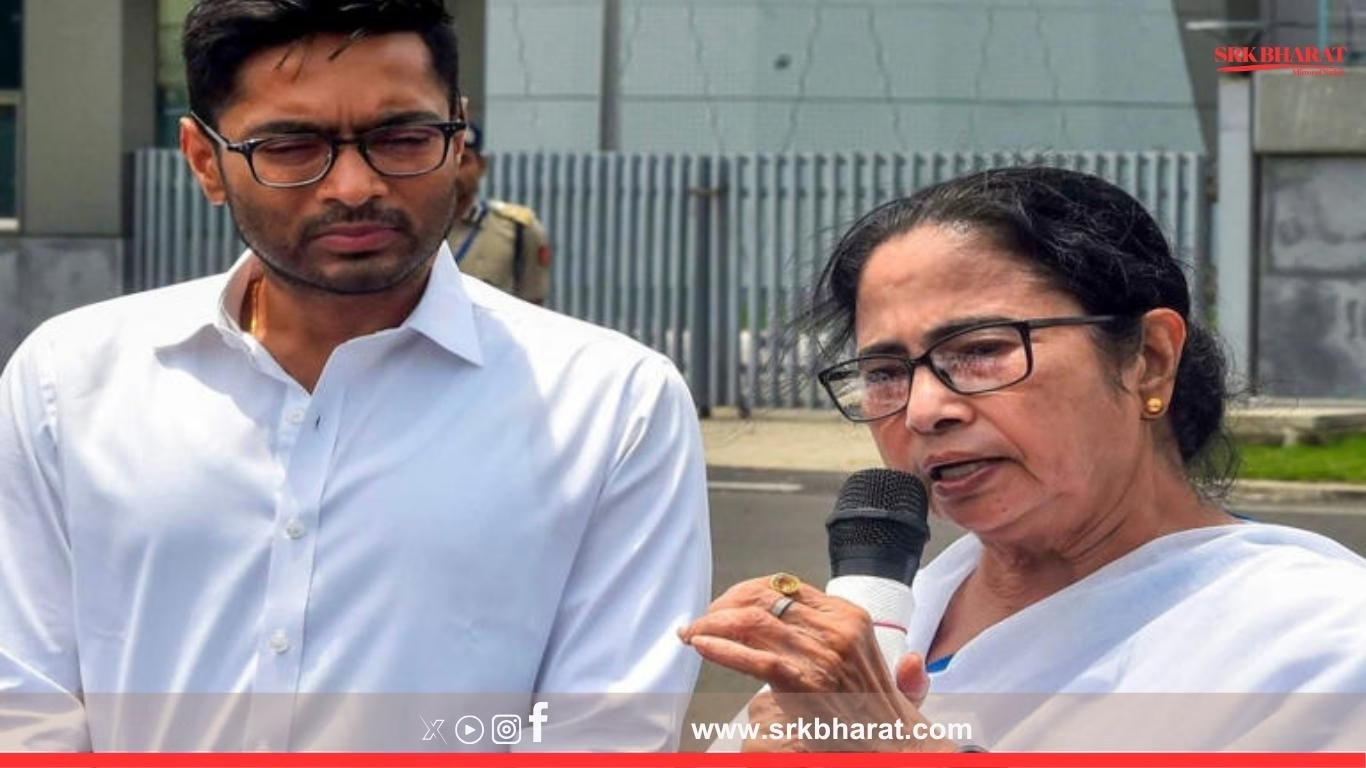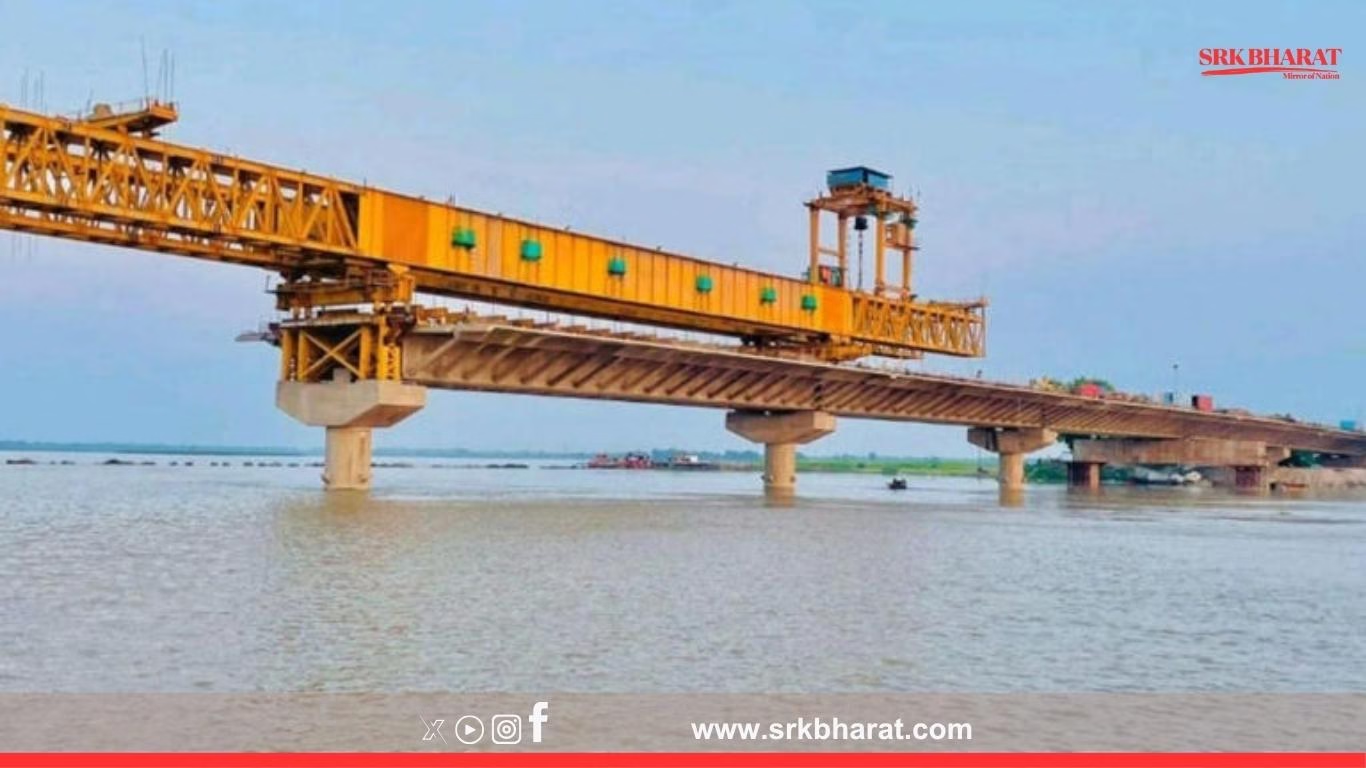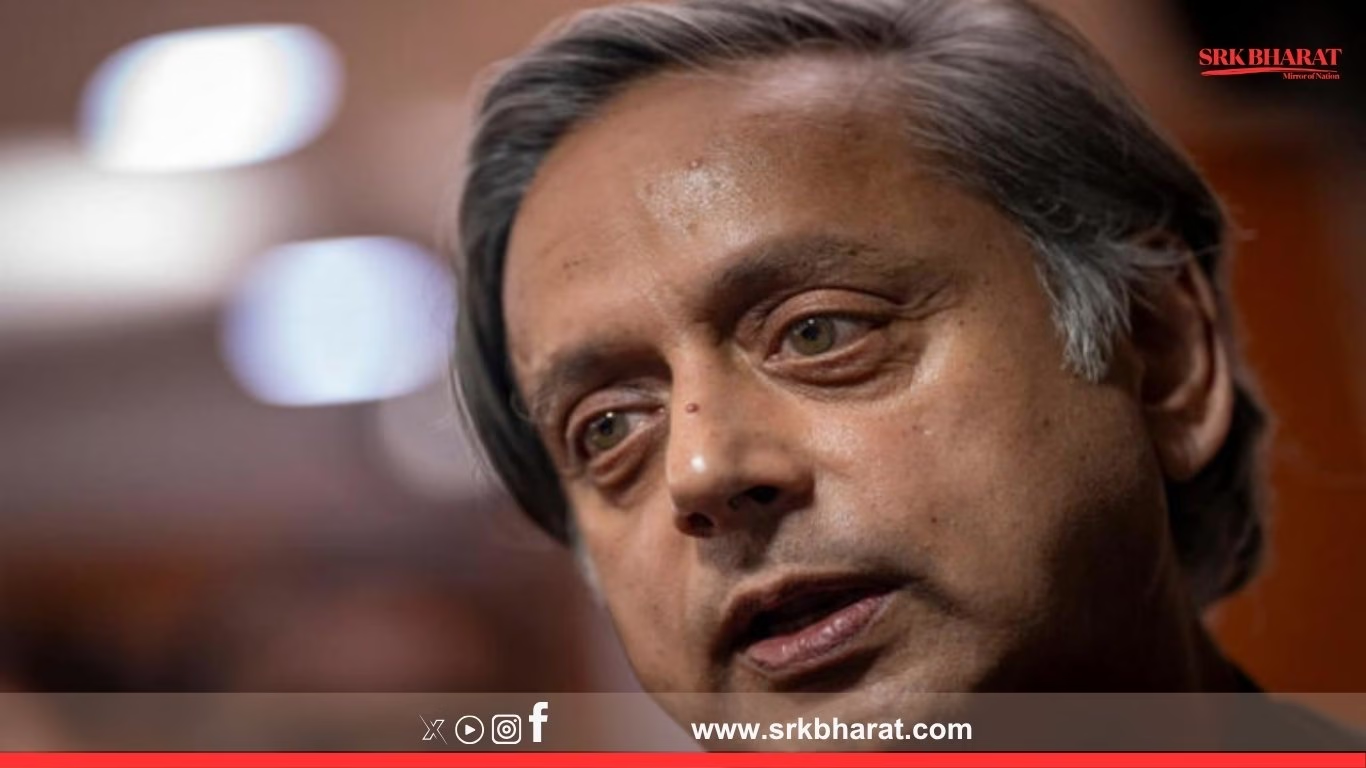India is accelerating its strategic space surveillance capabilities with a ₹26,968 crore military satellite initiative aimed at deploying 52 dedicated defence satellites by 2029, according to recent reports. The ambitious project, approved by the Cabinet Committee on Security (CCS) in October 2024, marks Phase 3 of the Space-Based Surveillance (SBS-3) program and is being spearheaded by the Defence Space Agency (DSA) under the Integrated Defence Staff (IDS).
📌 Key Highlights
| Parameter | Details |
|---|---|
| Total Satellites Planned | 52 |
| Project Cost | ₹26,968 crore |
| First Launch Target | April 2026 |
| Full Deployment Deadline | End of 2029 |
| Developers | ISRO (21 satellites), 3 private Indian firms (31 satellites) |
| Orbits | Low Earth Orbit (LEO) and Geostationary Orbit (GEO) |
| Strategic Focus | Surveillance over China, Pakistan, Indian Ocean Region |
🛰️ Strategic Imperative: Lessons from Operation Sindoor
The urgency behind SBS-3 stems from Operation Sindoor, a high-intensity military engagement with Pakistan in May 2025. During the operation, India relied on a mix of Cartosat-class domestic satellites and foreign commercial satellite data to monitor cross-border military activity. The experience exposed critical gaps in real-time surveillance, prompting a strategic recalibration.
“We must detect, identify, and track potential threats not when they approach our borders, but when they are still in their staging areas, airfields, and bases,” said Air Marshal Ashutosh Dixit, Chief of Integrated Defence Staff.
🧠 SBS-3: India’s Orbital Surveillance Shield
The SBS-3 constellation will significantly enhance India’s Intelligence, Surveillance, and Reconnaissance (ISR) capabilities. The satellites will deliver high-resolution imagery, shorter revisit times, and persistent tracking of adversarial activities across China, Pakistan, and the Indian Ocean Region (IOR).
The constellation will include:
- Electro-optical and infrared sensors
- Synthetic Aperture Radar (SAR) payloads
- Signals intelligence (SIGINT) modules
- Secure communication relays
🔁 Pivot Table: SBS-3 Satellite Deployment Plan
| Developer | Number of Satellites | Role |
|---|---|---|
| ISRO | 21 | Design, build, and launch |
| Private Firms | 31 | Development and deployment |
| Launch Timeline | April 2026–2029 | Phased deployment |
| Launch Vehicles | SSLV, PSLV, GSLV | Rapid and scalable launch capability |
🚀 Private Sector Role and SSLV Technology Transfer
For the first time, three private Indian firms will play a major role in building and deploying over half of the SBS-3 satellites. To facilitate rapid deployment, ISRO is transferring Small Satellite Launch Vehicle (SSLV) technology to private players, enabling on-demand launches during emergencies.
This public-private collaboration is expected to:
- Reduce dependency on foreign satellite data
- Accelerate innovation in defence-grade space tech
- Create a robust indigenous satellite manufacturing ecosystem
🛡️ Countering China’s Expanding Space Dominance
China currently operates over 1,000 satellites, including 360 ISR satellites, and has established the PLA Aerospace Force to dominate space as a strategic frontier. India’s SBS-3 initiative is seen as a counterweight to Beijing’s growing anti-satellite (ASAT) capabilities, which include:
- Kinetic kill vehicles
- Electronic warfare systems
- Cyber interference tools
🧩 Complementary Systems: Pseudo-Satellites and Space Doctrine
In parallel with SBS-3, the Indian Air Force (IAF) is procuring three High-Altitude Platform System (HAPS) UAVs, also known as pseudo-satellites, capable of stratospheric ISR missions lasting weeks. These platforms will complement satellite coverage and offer redundancy in contested environments.
India is also finalizing a comprehensive space warfare doctrine to integrate orbital surveillance with terrestrial and cyber defence strategies.
📊 Strategic Impact and Future Outlook
| Capability | Pre-SBS-3 Status | Post-SBS-3 Projection |
|---|---|---|
| Real-time Border Surveillance | Limited, patchy | Persistent, high-resolution |
| Maritime Domain Awareness | Regional | Pan-Indian Ocean coverage |
| ISR Autonomy | Partial (foreign reliant) | Fully indigenous |
| Response Time | Hours to days | Minutes to hours |
The SBS-3 rollout is expected to transform India’s defence posture, enabling pre-emptive threat detection, precision targeting, and secure communication across all three military services.



